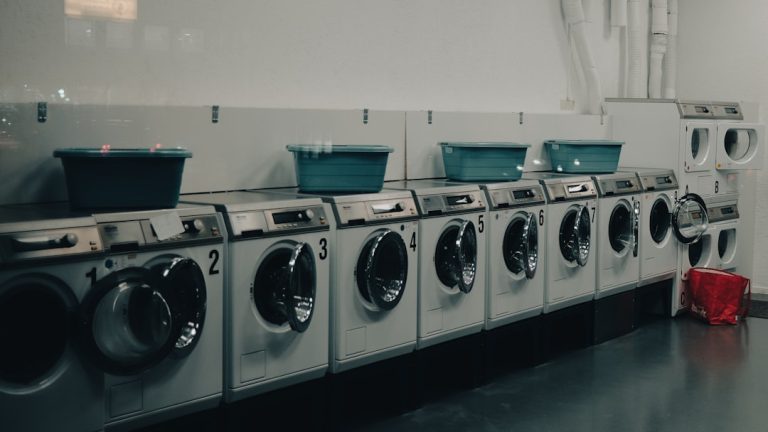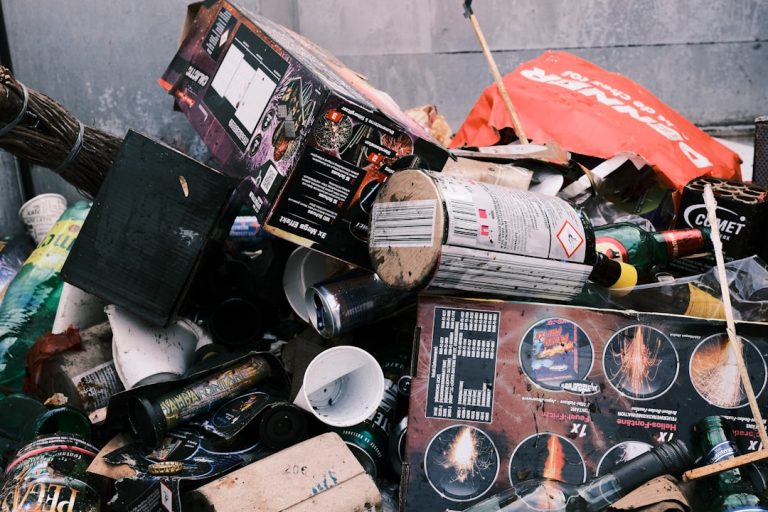How I Choose Eco-friendly Electronics (refurbished & Energy Efficient).
How I Choose Eco-friendly Electronics (refurbished & Energy Efficient)
In a world overflowing with new gadgets and ever-evolving technology, the environmental footprint of our electronics is a growing concern. From the mining of rare earth minerals to the mountains of e-waste, our digital lives come at a significant cost to the planet. For years, I’ve wrestled with this dilemma, determined to reconcile my need for reliable technology with my commitment to sustainability. This isn’t about ditching tech entirely; it’s about making smarter, more conscious choices. My personal journey has led me to a robust framework centered on two core principles: embracing refurbished devices and prioritizing energy efficiency. Here, I’ll share exactly how I navigate the market to ensure my electronics support both my needs and a healthier planet.
Beyond the Hype: My Personal Framework for Greener Gadgets
My approach to acquiring electronics isn’t impulsive; it’s a deliberate process shaped by an understanding of the entire lifecycle of a device. I start by asking: “Do I truly need this, or is it a want driven by marketing?” This initial self-assessment is crucial. If the need is genuine, my framework then kicks in, guiding me towards options that minimize environmental harm while maximizing utility and longevity. It’s about being a responsible consumer in a linear economy that desperately needs to shift towards a circular one.
Why My Choices Matter in the Bigger Picture
Every new device manufactured contributes to carbon emissions, resource depletion, and ultimately, e-waste. By choosing refurbished, I actively participate in extending a product’s life, diverting it from landfills. By choosing energy-efficient, I reduce the operational carbon footprint throughout its use. These aren’t small acts; collectively, they send a powerful signal to manufacturers that demand for sustainable tech exists. I consider the mining impacts of components like cobalt and lithium, the ethical implications of manufacturing, and the sheer volume of electronic waste that ends up in developing countries. It’s a heavy thought, but it fuels my dedication to finding better ways.
Unpacking the “Refurbished” Promise: My Due Diligence Checklist
The term “refurbished” can sometimes carry a stigma, conjuring images of broken, unreliable devices. However, my experience has shown that when chosen carefully, refurbished electronics offer incredible value and significantly reduce environmental impact. My due diligence process is thorough, ensuring I get a device that performs like new without the ‘new’ environmental cost.
What “Certified Refurbished” Truly Means to Me
I almost exclusively look for “certified refurbished” products. This isn’t just a fancy label; it signifies that the device has undergone a rigorous inspection, repair, and testing process by the original manufacturer or a reputable, authorized reseller. For me, this means:
- Original Manufacturer Standards: The device has been restored to factory settings and often includes genuine parts.
- Comprehensive Testing: It’s been put through diagnostics to ensure all components function correctly.
- Warranty Protection: A significant warranty (often 90 days to a year, sometimes even longer) is non-negotiable. This is my safety net, ensuring I’m covered if any issues arise after purchase.
- Cosmetic Grading: While I’m not overly concerned with minor cosmetic imperfections, knowing the grading (e.g., “excellent,” “good,” “fair”) helps manage expectations.
My Key Considerations When Evaluating Refurbished Devices
Beyond the “certified” label, I have a specific checklist:

- Seller Reputation: I stick to well-known retailers, the original manufacturer’s refurbished store, or highly-rated third-party sellers with transparent return policies. A quick search for reviews specifically about their refurbished products is always part of my routine.
- Battery Health (Crucial for Laptops/Phones): For devices with integrated batteries, I always inquire about the battery health or expected capacity. A refurbished phone with 80% battery health is acceptable, but anything lower raises a red flag, as battery degradation is a primary reason devices are replaced.
- Return Policy: A generous return window (at least 30 days) is essential. This allows me to thoroughly test the device in real-world scenarios.
- Included Accessories: I confirm what accessories are included (charger, cables) and if they are original or high-quality replacements.
- Software and Updates: I ensure the device is compatible with the latest operating system and will receive future updates, especially for smartphones and computers.
For instance, when I recently needed a new laptop, I scoured Dell’s Outlet and Apple’s Refurbished Store. I found a model with the exact specifications I needed, certified by the manufacturer, with a one-year warranty, saving hundreds of dollars and giving a perfectly good machine a second life.
Decoding Energy Efficiency Ratings: What I Actually Look For
Once I’ve decided to go refurbished (or if a new product is unavoidable), my next major criterion is energy efficiency. The operational phase of electronics, particularly for devices that are always on or frequently used, can contribute significantly to its overall environmental impact. My goal is to minimize power consumption without sacrificing performance.
Beyond the Sticker: My Approach to Understanding Power Consumption
While energy labels are a great starting point, I dig deeper. I look for specific certifications and also try to find independent reviews that measure actual power draw.
- Energy Star Certification: This is my baseline. Products with the Energy Star label meet strict energy efficiency guidelines set by the U.S. Environmental Protection Agency. It’s a quick visual cue that a product is designed to save energy.
- EPEAT Registry: For computers and displays, the EPEAT (Electronic Product Environmental Assessment Tool) registry is invaluable. It goes beyond energy efficiency, evaluating products based on a comprehensive set of environmental criteria, including material selection, design for longevity, and end-of-life management. I often check for products with a Gold rating.
- UL ECOLOGO Certification: Similar to EPEAT, the UL ECOLOGO Certification indicates that a product has been verified for reduced environmental impact based on its entire lifecycle.
- Standby Power Consumption: This is a hidden energy drain. Many devices consume power even when “off” or in standby mode. I actively seek out products with ultra-low standby power. Sometimes this information is in the product specifications; other times, independent tech reviews will highlight it.
- Component Choices: For custom builds or configurable devices, I prioritize SSDs over traditional HDDs due to their lower power consumption and greater durability. Energy-efficient processors (e.g., specific Intel U-series or AMD Ryzen mobile CPUs) are also on my radar.
I’ve seen firsthand the difference this makes. Switching from an older, energy-guzzling monitor to an Energy Star-certified LED display not only reduced my electricity bill but also contributed to a smaller carbon footprint over its lifespan.
The Long Game: Prioritizing Durability and Repairability
Even the most perfectly chosen refurbished and energy-efficient device won’t be eco-friendly if it breaks down quickly and can’t be fixed. My selection process extends to the anticipated lifespan and ease of repair. A device that lasts longer is inherently more sustainable, as it postpones the need for a replacement and reduces overall resource consumption and waste generation.
Assessing Build Quality and Material Choices
I look for devices constructed with durable materials. Metal casings often suggest better longevity than flimsy plastics. While it’s hard to assess purely from product images, reviews often highlight build quality. I also consider materials that are more easily recyclable at the end of the product’s life, though this is harder to ascertain directly as a consumer.
The Importance of Repairability Scores
In recent years, the concept of






